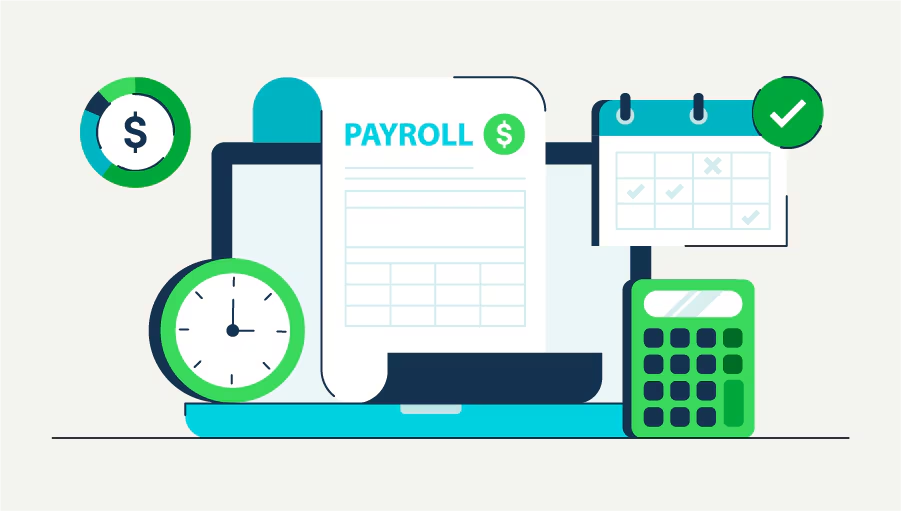Stablecoins are an important part of the growing digital asset industry. The interest in stablecoin issuance is rising as more and more people are seeking a more stable and predictable type of digital currency. But stablecoins are not all made equal. Their basic differences — particularly in how they are funded — are influencing separate futures for each breed.
In this post, we’re going to dissect fiat-backed stablecoins, algorithmic stablecoins, and RWA (real-world asset) stablecoins. We’re going to compare their traits and explore their long-term survival. We are going to dig into how these changes will affect the next generation of cross-border payments and platforms like TransFi that enable global commerce and user-friendly ramps.
Stablecoin Types: The Three Major Models
Fiat-Backed Stablecoins
Fiat-backed stablecoins are backed 1:1 to a real-world currency like USD or Euro. The issuer maintains balances of assets on reserve in a bank or other custodial account in amounts equal to the circulating supply of stablecoins.
Examples: USDC, USDT, BUSD
Pros:
- Stability and transparency (in the correct procedure to audit them)
- Strong regulatory compliance
- Used in DeFi and CeFi.
Cons:
- Centralized control and custodianship
- Dependence on traditional banking systems
This paradigm persists in today's world, however, its centralization is unsettling in a time of decentralization.
Algorithmic Stablecoins
They are still algorithmic stablecoins, meaning their peg is maintained with a code-based monetary policy. They manipulate the supply of tokens by minting and burning it according to demand or price.
Examples: TerraUSD (before collapse), Frax (hybrid model)
Pros:
- Decentralized and trustless
- Traditional Banking infrastructure is not required. No traditional banking system is required.
Cons:
- Highly susceptible to market volatility
- Can't peg in black swan events
- Concerns toward algorithmic stablecoins are well-documented, particularly a conditions like the fall of UST
Algorithmic models are still experimental and divisive, but some developers believe they are crucial for reinforcing DeFi over the long term.
RWA (Real-World Asset) Stablecoins
What are RWA-backed stablecoins? The stablecoins are those that are backed by tokenized real-world assets such as government bonds, treasury bills, and commodities like gold and even real estate.
As an example, Makerdao recently added US Treasury-backed vaults for DAI, and Ondo Finance USDY.
Pros:
- Supported by income-generating and broadly diversified assets
- Bridges TradFi and DeFi
- Provides stability with collateral in the real world
Cons:
- May face complex regulatory issues
- Slower liquidity in some cases
- Trust is introduced by off-chain asset custodianship
RWA stablecoins are emerging because they are a concrete link between traditional finance and the world of blockchain.
Stablecoin Models Comparison (Without Table)
Fiat-collateralised stablecoins are backed by real-world currency reserves and provide considerable stability and regulatory guidelines, but are centralized, banking-dependent assets.
Algorithmic stablecoins leverage smart contracts to regulate supply and demand, and aspire to be decentralised but volatile and risky in the event of a black swan.
RWA-backed Stablecoins that use tokenised real assets (e.g. bonds, goods), provide diversified backing and yield but can be complex, and semi-centralised.
All of these stablecoin types have different ways in which the stablecoin is backed as well as tradeoffs regarding decentralization, transparency, stability, and regulation.
Future Trends in Stablecoin Issuance
Centralized vs Decentralized Stablecoins
We are witnessing a tug-of-war between zero-to-one centric, centrally regulated fiat-backed stablecoins and scalable decentralised models which offer freedom, but complexity. Decentralised vs centralised stablecoins is a fight that just doesn’t stop, especially as regulators in every nook and cranny of the world crack down.
Real-World Asset Integration
Real-world asset stablecoins are poised to become popular among the institutional players seeking to leverage on-chain tools to yield and remain in legal conformance. And as on-chain RWA infrastructure only gets better and more adopted, you can bet future stablecoin issuance will favour these hybrid and asset-backed models.
Regulatory Actions as a Major Factor In What Happens Here
Governments are more active than ever. Both the US and the EU are floating or have already introduced bans on the stablecoin. Stablecoins models that are able to adapt to this will win in the long term.
How This Impacts Cross-Border Payments
Services like TransFi have a lot to gain. With TransFi’s global payments architecture, merchants and users are afforded an easy ramp into stablecoins, irrespective of their backing model. Whether it’s USDC, a future RWA-backed token, or even a decentralized algorithmic coin, cross-border payments are going to increasingly hit platforms that have on- and off-ramps for stablecoins in local currencies.
In supporting a variety of stablecoins, TransFi allows users around the world to do business in whatever digital asset to which they’re attuned — eliminating the need to worry about the eventualities buried deep within.
Also read: Stablecoins vs. CBDCs: Mapping Coexistence in a Hybrid Monetary Era
Phần kết luận
The future of stablecoins is in a dashboard. Fiat-backed stablecoins will remain the order of the day for now, but RWA stablecoins provide an appealing model for institutions that want on-chain access to real-world assets. Algorithmic stablecoins, however flawed, are nonetheless representative of the apotheosis of decentralized money.
For builders, investors and users, the nuances between fiat-backed and algorithmic stablecoins, and advances in how stablecoins are backed by real-world assets, will be critical to charting the next frontier of Web3 finance.
Mục lục
Loại
Bài viết được đề xuất
Khám phá sản phẩm của chúng tôi

Thực hiện thanh toán toàn cầu chỉ bằng một cú nhấp chuột

Chấp nhận thanh toán, xóa bỏ biên giới.

Mở khóa giao dịch tiền kỹ thuật số liền mạch ở bất cứ đâu








.png)














